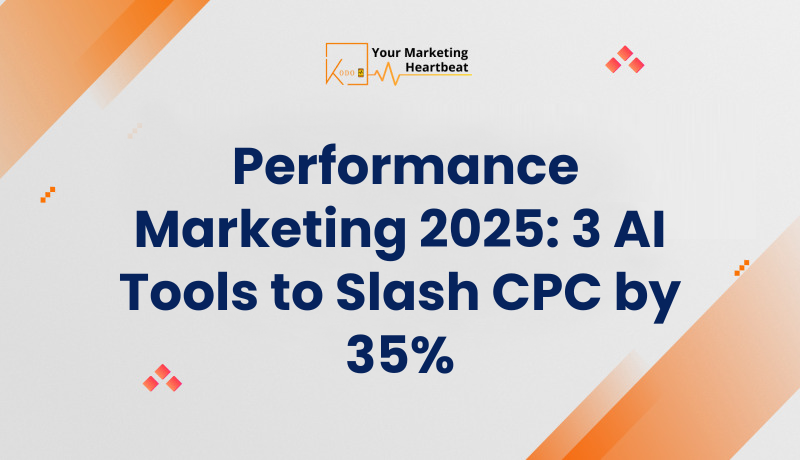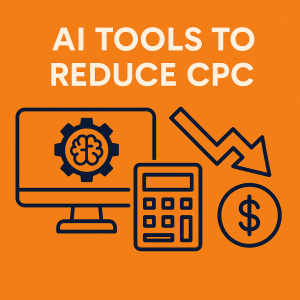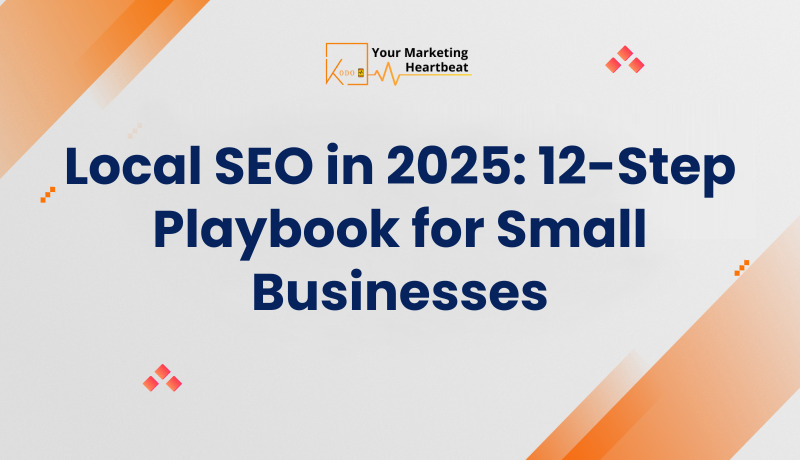
In recent years, the landscape of performance marketing has undergone a seismic shift, largely driven by advancements in artificial intelligence (AI). As we look towards 2025, the integration of AI-powered tools is set to redefine how businesses approach pay-per-click (PPC) advertising, enabling them to slash their cost-per-click (CPC) by an impressive 35%. This article will explore the evolution of AI in performance marketing, delve into three powerful AI tools, and provide actionable insights on how to harness these technologies for optimal results.

The journey of AI in performance marketing has been nothing short of revolutionary. Initially, marketers relied heavily on manual processes, which often led to inefficiencies and high costs. However, with the advent of machine learning and predictive analytics, AI has transformed the way marketing strategies are developed and executed.
From the early days of basic data analysis to the sophisticated algorithms of today, AI has enabled marketers to automate repetitive tasks, streamline workflows, and make data-driven decisions. As we approach 2025, the focus has shifted towards enhancing user experience and optimizing ad spend through intelligent automation.
The integration of AI in performance marketing is not just a passing trend; it has become a fundamental component of successful marketing strategies. Businesses are increasingly leveraging AI-powered PPC tools to gain insights into consumer behavior, optimize ad placements, and enhance targeting capabilities.
As we move into 2025, several AI tools stand out for their capabilities in reducing CPC and enhancing overall campaign performance. Here are three of the most impactful tools to consider:
Jasper AI is a cutting-edge copywriting assistant designed to generate high-quality content across various platforms. By utilizing natural language processing, Jasper can create engaging ad copy, social media posts, and blog content tailored to specific audiences.
SurferSEO is an AI-driven tool that focuses on optimizing content for search engines. By analyzing top-ranking pages, SurferSEO provides actionable insights on keyword usage, content structure, and on-page SEO factors.

Google Ads Automation leverages AI to optimize ad performance in real-time. By analyzing user behavior and campaign metrics, this tool can automatically adjust bids, targeting, and ad placements to maximize return on ad spend (ROAS).
The integration of AI-powered PPC tools into marketing strategies can lead to significant improvements in campaign performance. Here’s how these tools contribute to success:
One of the most significant advantages of Google Ads Automation is its ability to streamline the ad management process. By utilizing machine learning algorithms, this tool can analyze vast amounts of data to determine the most effective bidding strategies, ad placements, and audience targeting.
Predictive analytics is at the heart of successful performance marketing. AI tools can analyze historical campaign data to forecast future performance, helping marketers make informed decisions about budget allocation and strategy adjustments.
One of the challenges in digital marketing is ad fatigue, where audiences become desensitized to repetitive ads. AI tools can analyze engagement metrics to identify when ads are underperforming and suggest creative variations to keep content fresh.
To illustrate the impact of these AI tools, let’s explore some real-world scenarios where businesses have successfully leveraged AI to enhance their performance marketing strategies.
An e-commerce brand implemented Jasper AI to generate product descriptions and social media ads. By automating content creation, the brand reduced its content production time by 50%, allowing the marketing team to focus on strategic initiatives. As a result, the brand experienced a 30% increase in ad engagement and a 25% reduction in CPC.
A SaaS company utilized SurferSEO to optimize its blog content for search engines. By following the tool’s recommendations, the company improved its organic search rankings, leading to a 40% increase in website traffic. This influx of organic traffic contributed to a lower CPC in its PPC campaigns, ultimately enhancing overall ROI.
A digital marketing agency adopted Google Ads Automation to manage multiple client campaigns. The tool’s real-time optimization capabilities allowed the agency to allocate budgets more effectively, resulting in a 35% reduction in CPC across client accounts. The agency was able to take on more clients while maintaining high performance levels.
Integrating AI-powered PPC tools into your marketing strategy can be a game-changer. Here are some practical tips to ensure a smooth implementation:
As we look ahead to 2025, the role of AI in performance marketing will only continue to grow. The ability to leverage AI-powered PPC tools to reduce CPC, enhance targeting, and optimize campaigns will be crucial for businesses seeking to thrive in a competitive landscape. By embracing these technologies, marketers can not only improve their performance but also create more meaningful connections with their audiences.
In a world where data-driven decisions are paramount, investing in AI tools is no longer optional; it’s a necessity. As we navigate this exciting frontier, let’s harness the power of AI to unlock new possibilities and drive success in our marketing endeavors.



April 23, 2024